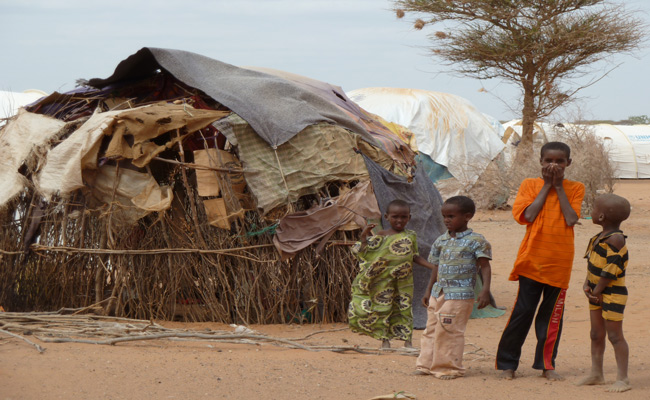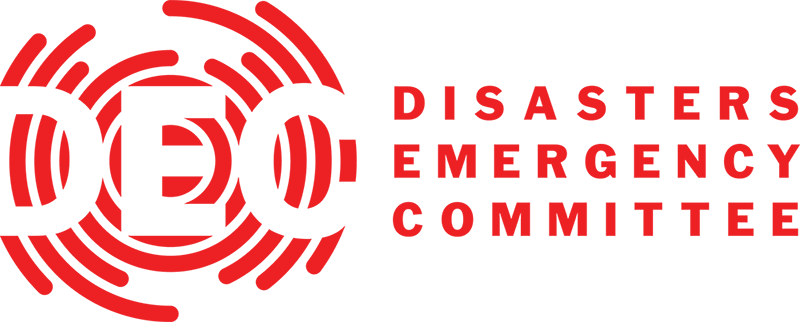
Refugee assistance program

“It is unfortunate that the rains have decided to not fall for the last two years.” The Kenyan man sitting next to me on the plane to Nairobi has a very poetic choice of language, which makes for a rather stark contrast when you consider what he refers to: His country and the whole region are in the middle of a humanitarian crisis triggered by a severe drought, which is affecting almost 11 million people. And yes, some parts of this region have not seen rainfall in two years.
My neighbor continues: “It is all about water. If you don’t have water, you cannot raise animals. And without animals… well, that is their life insurance.”
Touching down in Dadaab the next morning, I remember that friendly voice. The refugee camp in the North of Kenya is now home to more than 400,000 mostly Somali refugees. Their numbers have risen immensely in the last weeks, due to the ongoing drought and insecurity in their own country. The landscape is dry and plain up here, and one wonders how any group of people, let alone such a high number of refugees, can survive in these difficult circumstances.
This is my first time to Dadaab, but weirdly enough, everything seemed very familiar. Maybe that’s a CARE thing: The refugee assistance program for Dadaab is one of our longest humanitarian missions, many colleagues have worked here at one time or another. And for years, we have continuously talked about it to the public, launched appeals and tried to get journalists interested. But now, with an average of more than 1,000 new arrivals every day and extremely high numbers of malnutrition, Dadaab has become something like the epicenter of the current humanitarian crisis in the horn of Africa.
But a walk through Dagahaley, one of the three camps, also shows the impressive efforts by all the agencies on the ground to provide basic services to all these people. We pass by the reception area where CARE distributes food and other relief items to new arrivals, we see trucks delivering water, and visit the service tents – all of this I have heard about before, but it is still a whole different story to see the work with your own eyes and listen to the admirably energetic colleagues explaining their work.
And we meet Amina Akdi Hassa, who serves as chairlady for the camp Dagahaley. She has been living here for 20 years and is a leader and an advocate for her community. “I want the world to know that they should please share our problems with us”, she explains. “We have had five schools here since the 1990’s, but now there are so many more children.”
The people of Dadaab are talking. But is the world listening?
Sabine Wilke
Emergency Media Officer
CARE International

